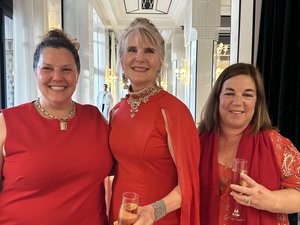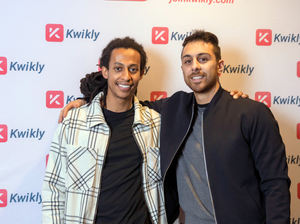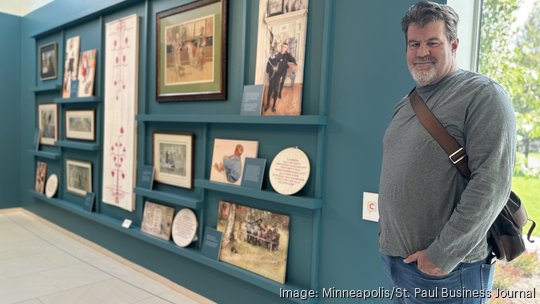
Tap-to-pay technology has become ubiquitous at checkout counters, gas pumps and farmers markets across the country. The same technology now is being adapted to help museum visitors learn more about exhibits — and a Minneapolis startup is making it happen.
The company, Capption, provides tech that transfers exhibit information directly to a smartphone. Visitors just hold up their phone to a wireless-enabled tag by a piece of artwork and the information is delivered to their device, translated into any of 136 languages if needed. Audio is not yet available for the application, but the company hopes to have that option available this fall.
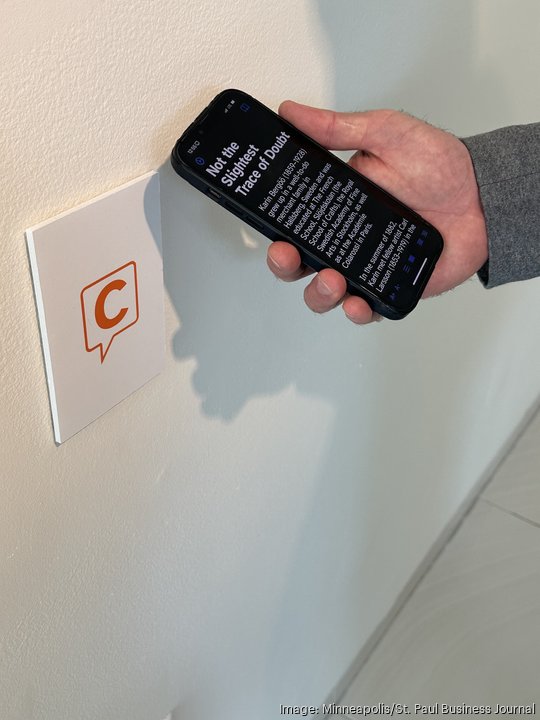
Many museums already have offer a similar service using QR codes to deliver exhibit information. However, that method can be hard to use for people with vision problems — like Capption co-founder Sherman Bausch, who was born with cataracts that left him unable to see an image with both eyes at the same time.
The idea for Capption came from a visit to an exhibit that didn't have placards near the pieces for Bausch to read as he went through the exhibit. He thought to himself how much easier it would be to have the information available on his phone, which already had accessible functions set for him to use every day.
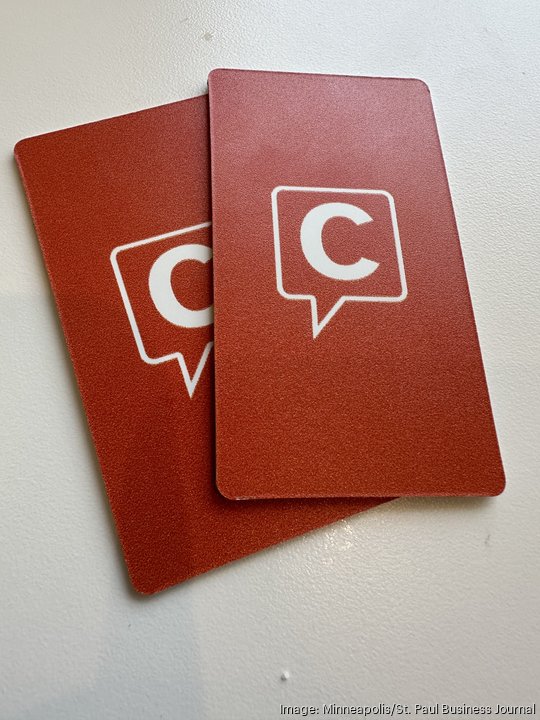
"When we made Capption, we wanted it to integrate with the user's setting already on the phone and not override it," Bausch said. "We start where the person is at."
He spoke to his friend Daniel Barthel, who also had a tech background and became Capption's co-founder. Barthel suggested to Bausch that the platform could also have a language function that translated text for people who may not see an exhibit in their native language.
The device also lets people spend more time learning about exhibits.
"You can walk away from the exhibit or piece and take it with you," Bausch said. "I found that sometimes when I would try to read the placards on the walls, I would quickly move away when other people approached me. This allowed me to take my time reading about the piece and not feel like I was in the way."
The company debuted its technology May 15 at the History Center of Lake Forest-Lake Bluff in Lake Forest, Illinois, and at the American Swedish Institute on June 2. So far, the American Swedish Institute has Capption for nearly 50 pieces in its collection and is steadily adding them over time. The Weisman Art Museum at the University of Minnesota will have Capption in its exhibits, starting in August.
Capption offers pricing for institutions based on annual visitors, number of exhibit tags, archived captions, and administrative users. Plans range from $2,500 for smaller, local institutions to custom plans that start out at $15,000. The company also offers a smaller package for seasonal or low-traffic institutions, starting at $500 annually or on a month-by-month pricing plan.
Bausch said he hopes to partner with more cultural institutions and continue to focus on the quality of the application. He also wants to be able to translate native languages, such as Ojibwe and Dakota, for cultural centers interested in that update.

